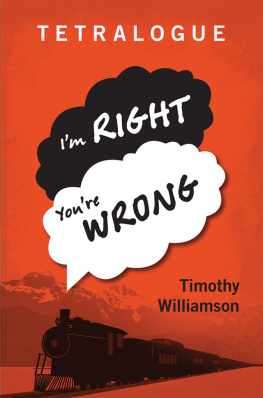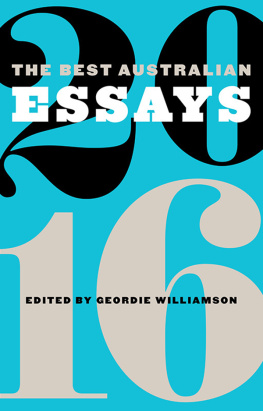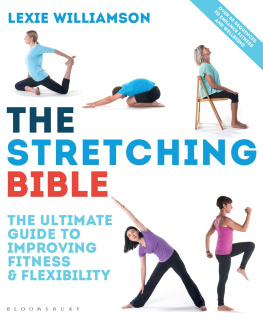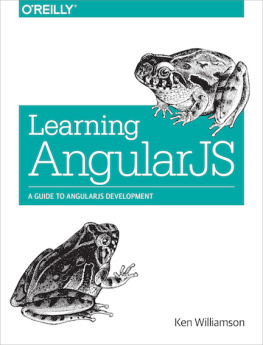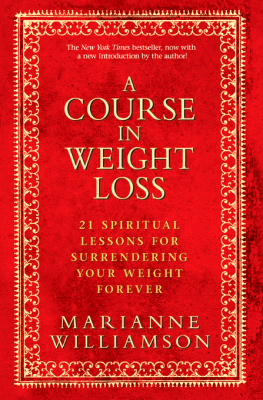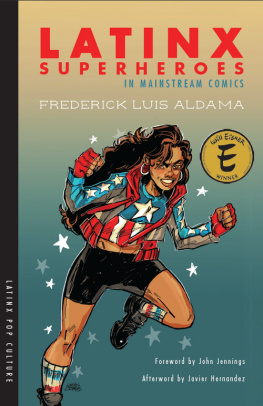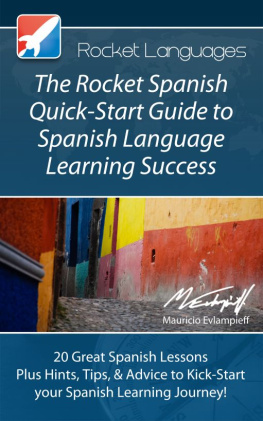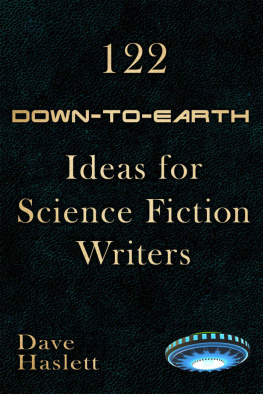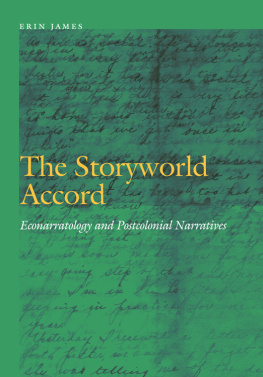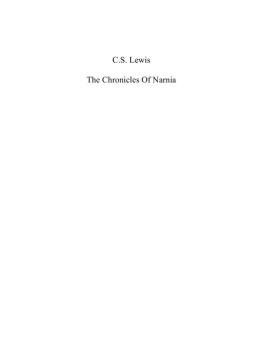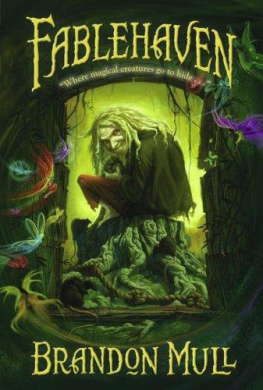Contents
Storyworld First
Creating a Unique Fantasy World for Your Novel
Jill Williamson

To the weird ones:
You are not alone.
ABOUT THIS BOOK
Oz, Wonderland, Narnia, the 100 Acre Wood, Neverland, Hogwarts, the United Federation of Planets, Westeros, Middle Earth, Alagaesia, Terabithia, Gotham City, Jurassic Park, Fablehaven, and a galaxy far, far away.
These fictional places have become real in the minds and hearts of readers. These are storyworlds that someone inventedsomeone who was once like you, learning to tell stories, learning to write, and dreaming about publishing a novel.
You have the ability to create such a world for readers. Isnt that incredible?
If youre a beginner whos overwhelmed by the idea of creating an entire world or whos uncertain where to start, this book will help you.
But if youre looking for a book to magically give you the ability to create worlds without doing a lot of work, Im sorry to be the bearer of bad news. Writing a book can be loads of fun, but its not easy. And coming up with a unique storyworld to go along with your book can complicate the process even more.
Worlds are not created overnight. They take time, patience, practice, and persistence to build. Still, this is my favorite kind of work. If you want help with thatif you want to create a story that stands out from othersthis book will provide tools to help.
Theres no one way or right way to build a storyworld. Im a builder by nature. (You can read my story in chapter 16.) So, Im going to take you through my process in hopes that it will inspire you.
Im a checklist girl. I make a list of the areas that need special attention, then do them one at a time. But Im also creative, and I often choose to ignore certain things on my own lists.
Story is key. It trumps everything else.
I have an author friend who starts her brainstorming by making a collage. Shell tear through magazines and print images from the internet, and sometimes draw or paint to create a collage of the world shes going to create. And when shes done, it sits by her computer while she writes, a constant inspiration.
I tell you this to impress upon you the vast differences in storyworld creation styles, but also to stress to you that this book is not meant to be a To Do list. Writing good speculative fiction is about immersing your reader in the world youve created. No writer does that in the exact same way.
Few stories go in depth on every aspect of a storyworld, and trying to do everything in every book can drive you crazy and bog down your story. In this book Ive given you the tools I use to create worlds, but you must decide how best to use them. Find your own process as a writer. Embrace your creativity and trust your instincts.
This book is all about creating a mythical storyworld, but you could apply these same principles in creating a contemporary place like Bedford Falls, New York.
It doesnt matter if youre starting from scratch or looking to add realism to a story youve already written. The topics in this book can be applied to all stages of the creative process.
So, hold on to your fezzes! Its going to be a wild ride.

Chapter One
Creating the World
GENRE
The first thing you need to do when creating a storyworld is decide what kind of story youre going to tell. An epic fantasy novel requires a different level of worldbuilding compared to a heroic fantasy. And a middle grade science fiction story requires much less worldbuilding compared to an adult science fiction one.
So what do you have? Swords or blasters? Horses or land speeders? An urban or rural environment? For what age readers?
If you dont know what genre your story is, I suggest you read. When youve found some books that are pretty close to the type of story youre writing, note which genre they are sold in. If you still need help, skip ahead and look at the Speculative Fiction Subgenres article in the Extras section of this book.
If youre not sure which genre you want to write, go with your strengths. Ive written some science fiction novels, but Im no scientist. And the amount of research I have to do to write a believable science fiction novel is tough for me. It doesnt come easily, and that makes it harder for me to tell a good story. (Plus, I get grouchy when Im writing them.)
Im happiest writing fantasy. But it took me writing ten books to figure that out. Sometimes you have to try different genres to know what you like best. And thats okay.
RELEVANCE
In each area of worldbuilding, take into account the plot of the book youre writing. If the story centers on one family living in the mountains, you might not need to spend much time developing the inner-workings of the government for the region. But if your story takes place in a castle, the politics of court life in your world might require more of your attention.
Your characters and whats happening to them trumps storyworld. Always. Worldbuilding is cool and fun, but you must not get so caught up in it that you ruin your book. Writing is a balance of characters, plot, pacing, voice, and storyworld. Weave storyworld into your characters actions and dialogue, and remember that a good storyworld should complement the story, not take over. You want the reader to feel like hes there, but not like hes there on a tour.
So now its time to dive in to some worldbuilding topics. Have fun with this, but remember to keep it relevant to the type of story youre telling.
ASTRONOMY
George R. R. Martins A Song of Ice and Fire series has uneven seasons. The characters know that Winter is coming, but how it all works is a mystery that the author chooses not to explain. In the movie Pitch Black , however, we get more information. Every twenty-two years, the planet experiences a month-long eclipse when all three suns go dark. And thats when the little creatures come out.
Think about the universe your story takes place in. Is it our universe in the present, past, or future? Or does your story happen in a fictional universe? Is yours an on-world story? Or are you writing about a spacefaring society that will require the creation of a solar system and planets?
Either way, take some time to think about the astronomical characteristics of your world. Its unlikely that your planet would behave the same as earth does . Consider things like orbits, rotation, axial tilt, tides, habitable zones, the sun, moons, climate, weather. How long is a season? How long are your days, months, years? You can do some really interesting things with this. The level of information you give your readers can vary depending on the genre and your writing style.
I created a Solar System Worksheet that might help you as you brainstorm. You can find it here: http://bit.ly/YhIAT6 .
GEOGRAPHY AND THE ENVIRONMENT
What does this place look like? Im a visual person, so when I create a new storyworld, one of the very first things I do is draw a map of the world. (Ill talk more about maps in the next chapter.) To start, think about your story location. Is it a city? A region of land? A continent? An entire planet? Consider the terrain. Mountains, canyons, plains, and coastlines. Rivers, lakes, swamps, and oceans .
Do some research on biomes to find out what kinds of plants and animals thrive in what type of environment. Will your planet have multiple biomes: aquatic, desert, forest, grasslands, or tundra? Your planet doesnt have to be as diverse as earth, but it doesnt have to be a one-biome planet, either , like Hoth from Star Wars or Arrakis from Dune .


